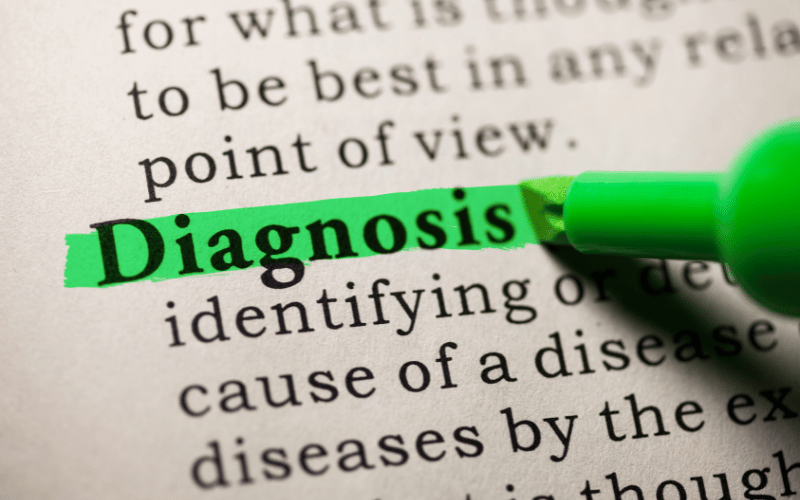Fact 4: Diagnosis – Beyond the Obvious

Accurately diagnosing an esophageal ulcer involves more than just assessing visible symptoms. Initially, a physician would gather a detailed medical history, gauging the frequency, intensity, and triggers associated with the discomfort. This groundwork often provides clues, guiding the next steps in the diagnostic process.
Endoscopy is the most common diagnostic tool used. This procedure involves inserting a thin tube equipped with a light and camera down the throat to visualize the esophagus. This direct view allows doctors to identify, measure, and sometimes even take tissue samples (biopsy) from the ulcer, facilitating a more in-depth analysis.
Another diagnostic method is a barium swallow or upper gastrointestinal series. Patients consume a liquid containing barium, which then coats the esophagus, stomach, and upper part of the small intestine. X-rays taken subsequently highlight ulcers and other abnormalities, given the contrast the barium provides.
Blood tests can be useful, especially when an infection is suspected as the underlying cause. Detecting the presence of certain bacteria or analyzing white blood cell counts can offer insights into the ulcer’s nature.
In some cases, a pH monitoring test might be recommended. This involves placing a monitor in the esophagus to measure acid levels over 24 hours. Such a test can determine if stomach acid reflux is causing the ulcer and help differentiate between an esophageal ulcer and other conditions. Lastly, a breath or stool test might be employed to detect Helicobacter pylori bacteria, known to cause ulcers in some instances. Early detection and treatment of this bacteria can prevent the progression of the ulcer and mitigate potential complications. (4)